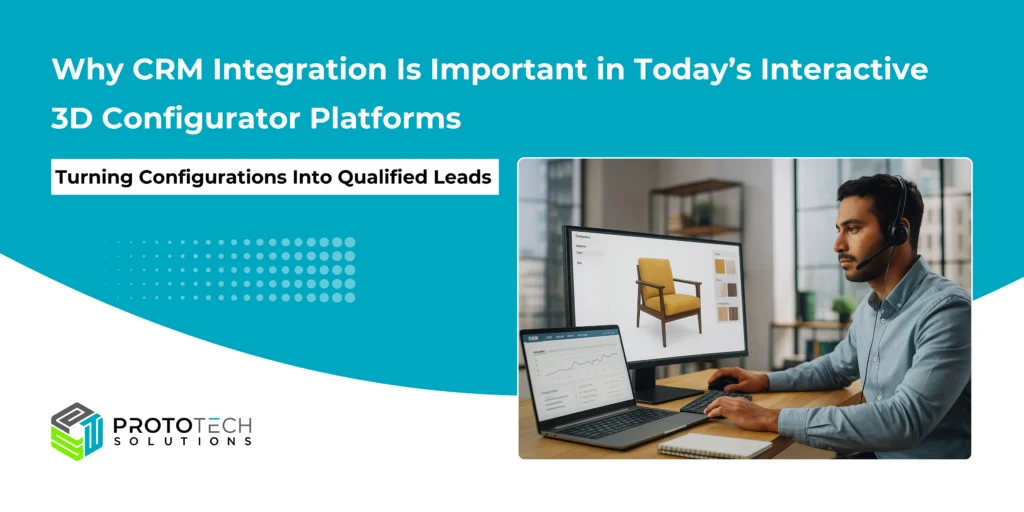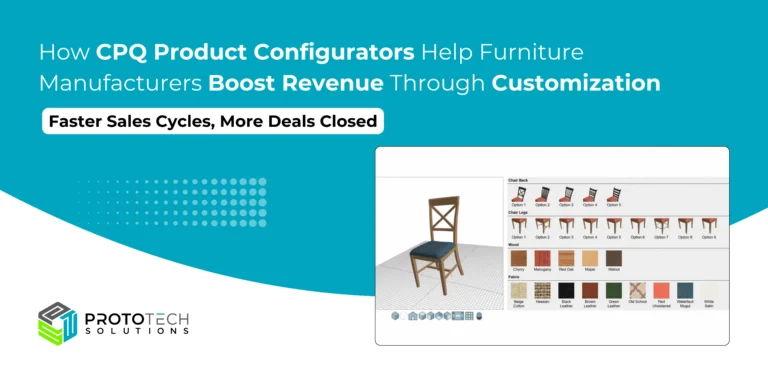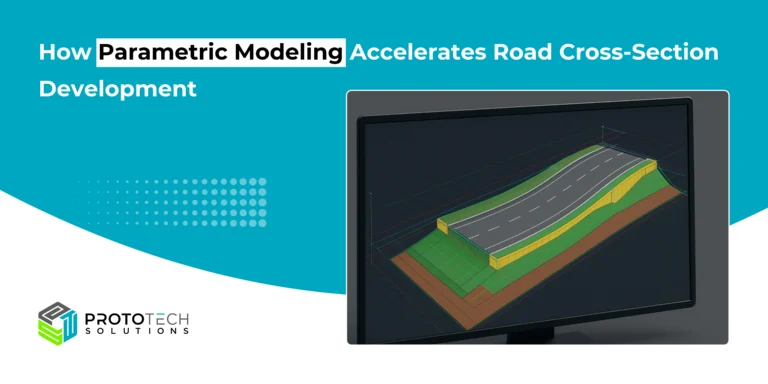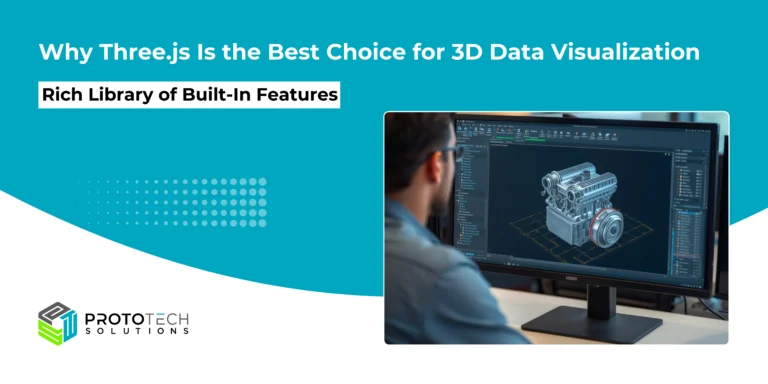Why CRM Integration Is Important in Today’s Interactive 3D Configurator Platforms

What Is CRM (Customer Relationship Management)?
CRM, short for Customer Relationship Management, refers to a technology platform and strategy that helps businesses manage all their interactions with customers and potential clients. It acts as a centralized system where every detail about a customer, from contact information and communication history to sales activities and preferences, is stored, tracked, and analyzed.
Think of CRM as the digital brain of your business’s customer relationships. Whether you’re in sales, marketing, or customer service, CRM software enables teams to collaborate by providing everyone with access to real-time customer data.
Modern CRM platforms, such as Salesforce, HubSpot, and Microsoft Dynamics 365, go beyond contact management. They integrate marketing automation, sales pipelines, analytics, and customer support into one ecosystem
Top 05 Key Benefits of CRM Integration
- Centralized customer data: A single database offers a comprehensive view of customer information, including contact details, past purchases, and service interactions.
- Improved customer relationships: By providing a complete view of each customer, a CRM system helps businesses personalize interactions and anticipate needs, resulting in better service and increased customer retention.
- Sales and marketing automation: CRM systems can automate repetitive tasks, such as sending marketing materials and following up on leads. This automation allows teams to concentrate on more strategic activities.
- Streamlined communication: CRM systems eliminate silos between departments by enabling sales, marketing, and support teams to share customer information and collaborate effectively.
- Data-driven insights: CRM provides tools for analytics and reporting, allowing businesses to understand customer behavior, track performance, and make more informed decisions.
Why CRM Integration Is Important in Today’s Interactive 3D Configurator?

According to a market survey by Fortune Business Insights, the CRM software market is experiencing significant growth. It is projected to reach approximately $112 billion by 2025 and could potentially exceed $262 billion by 2032, with a compound annual growth rate (CAGR) of around 11.5% to 13.45%. Key factors driving this growth include the integration of AI, the increasing demand for personalized customer experiences, and the ongoing digital transformation across various industries.
CRM integration has become a critical success factor for modern interactive 3D configurator platforms. By connecting a 3D product configurator with a Customer Relationship Management (CRM) system, businesses unlock transformative benefits, from streamlined workflows to highly personalized customer experiences. In today’s fast-paced, digital marketplace, bridging this gap isn’t just a technical upgrade; it’s a strategic necessity for any brand prioritizing customer engagement and operational excellence.
The Evolving Role of 3D Configurators
Interactive 3D product configurators have surged in popularity, empowering users to visualize, customize, and experiment with products in real time before making a purchase. In industries like e-commerce, automotive, manufacturing, and design, configurators provide an intuitive platform where complex options become accessible, and customers can make informed decisions with confidence.
However, managing these customer interactions and translating their choices into actionable business data requires more than just a visual tool. This is where CRM integration plays a pivotal role.
Turning Configurations Into Qualified Leads
For sales teams, chasing generic leads is a time drain. With CRM-integrated 3D configurators, every interaction becomes a qualified lead opportunity.
Imagine a customer spending ten minutes customizing a 3D model of a modular home, choosing layouts, finishes, and pricing options. With CRM integration, that entire journey is logged automatically. The moment they hit “request a quote” or “save configuration,” your team knows exactly what they’re interested in.
This allows your sales representatives to follow up with personalized, high-conversion outreach instead of a generic pitch. The result? Shorter sales cycles, better conversions, and happier customers.
Key Benefits of CRM Integration in 3D Configurators
- Unified Customer Insights: Integrating a CRM system with your 3D configurator centralizes customer data. Businesses can track every configuration, preference, and interaction, giving sales, marketing, and support teams a 360-degree view of each customer’s journey.
- Streamlined Sales Processes: Orders and quotes generated in the configurator are instantly reflected in the CRM, reducing manual entry, minimizing errors, and ensuring seamless handoffs between sales, engineering, and production teams.
- Personalized Engagement: Knowing customer history and preferences allows for targeted follow-ups, relevant recommendations, and a higher level of personalization that drives loyalty and repeat purchases.
- Simplifying the Buying Journey: CRM integration helps make their buying journey seamless and intuitive. Integrations with quoting and order management systems can automatically generate dynamic proposals, PDFs, or production drawings from the configuration.
- Enhancing Customer Experience: By combining configuration behavior with CRM data (such as past purchases, preferences, or location), you can deliver tailored experiences directly within the configurator interface. For example: 1) Returning users can see recently viewed products or saved configurations. 2) Dynamic pricing or offers can be customized in real-time.
Final Thoughts
In today’s interactive e-commerce and B2B landscape, the difference between satisfied customers and lost opportunities often comes down to intelligent, connected tools. CRM integration in your 3D configurator platform turns customer creativity and customization into lasting business relationships. Configurator empowers customers to visualize and modify products in real time, bridging the gap between imagination and reality.
With AI-powered CRM systems, companies can even predict demand patterns based on configurator interactions, helping optimize production and reduce waste. In other words, the synergy between configurator data and CRM analytics drives continuous business improvement.
Get Connected – Interact with Our Experts
Ready to make your product configuration process smarter, faster, and more customer-centric? Connect with ProtoTech’s experts to explore how CRM-integrated 3D configurators boost sales, shorten cycles, and empower your team with data-driven decision-making.
Whether you want to streamline your existing sales pipelines, personalize your customer outreach, or simply stay ahead in a competitive market, we’ll show you how the right integration strategy transforms your business.
Connect with our 3D configurator experts at ProtoTech Solutions to discover how CRM integration can transform your business into a more interactive, connected, and intelligent digital ecosystem. If you’re ready to take your customer engagement to the next level, let’s talk.






